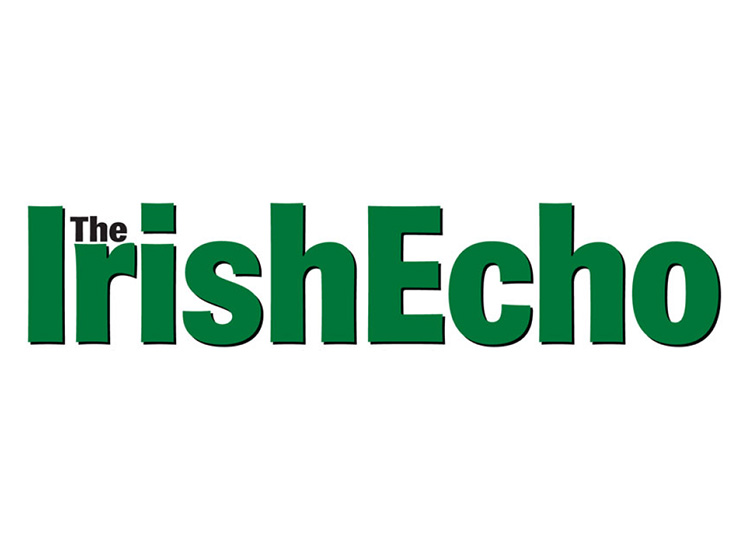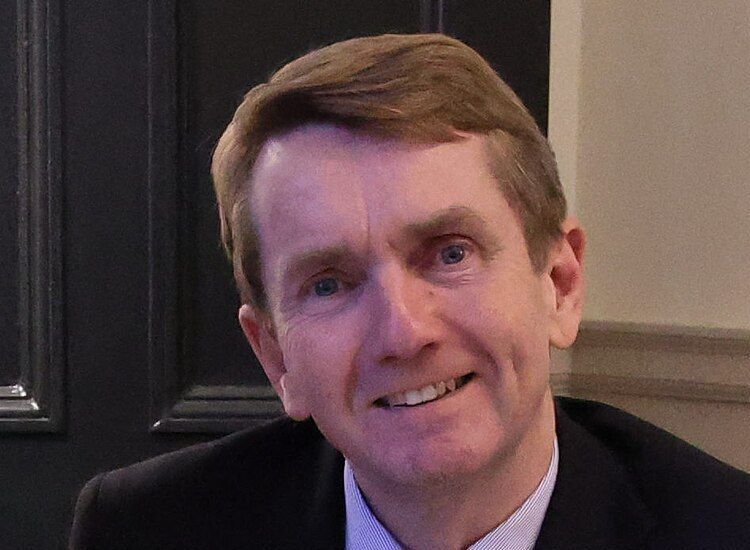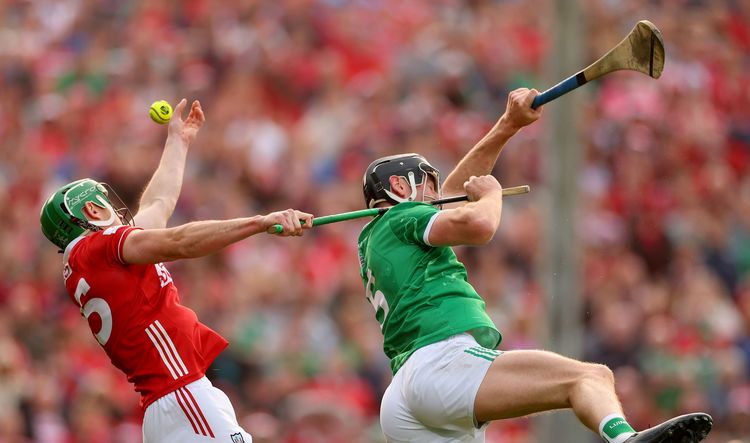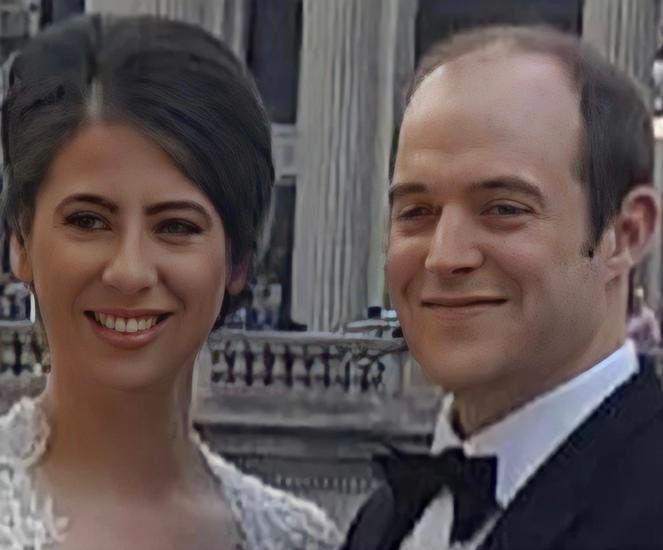The organizers from NUI Galway, Verena Commins and Méabh Ní Fhuartáin.
By Colleen Taylor
It's so easy, when listening to music, to close yourself off in a vacuum – to keep your ears to yourself, so to speak. We listen to music as we multitask, as we walk to the grocery shop, as we get ready in the morning, as we fill in spreadsheets at work. Electronic advances in music apparatuses, like wireless earphones, have made music portable and ubiquitous, so that your own personal playlist can accompany you wherever you might go.
The downside to this, however, is that it also becomes all too easy to turn music into white noise, a mere backing soundtrack to our daily events. The result, for me at least, is a dematerialization and decontextualization of my music. This songs on my playlists become something out there in the ether, rather than a real composition made by musicians and instruments at a particular moment in history.
Thankfully, a number of brilliant music scholars actively resist this decontextualization of music in their research. And lucky for me, many of them happened to gather last weekend at Boston College. “Nótaí/Notes: Music and Ireland,” a special symposium organized by Boston College’s Burns Library and Irish Music Center, along with NUI Galway’s Centre for Irish Studies, gave the practice of Irish music its context and complexity again.
The symposium started off with a foray into the 18th century and into one of Ireland’s most important instruments: the harp. Before this opening lecture, whenever I would see a harp in art or in a novel, my brain would go straight to symbol. After all, the harp is on the Irish Euro, on the Dáil Éireann building, on just about everything loosely tied to nationalism in Ireland. It's first and foremost an image, right? Wrong—or so I learned. Harp historian Nancy Hurrell reminded her audience that the Irish harp holds a particular history of manufacture, one she dates to s significant moment in 18th-century Ireland. Hurrell talked about John Egan, who made the Irish harp fashionable again after the Act of Union. He also made it particularly Irish, with green paint and gold shamrocks. "We often think of the shamrock as something you see in cheesy Irish tourist shops," Hurell said, "but in the 1800s, it was a real, genuine thing. [Novelist] Sydney Owenson and John Egan used this design meaningfully."

A moment during opening night of “Nótaí/Notes: Music
and Ireland” at the Burns Library this past weekend.
Egan was also a pragmatic and modern thinker. He made his Irish harp portable so that ladies of the Anglo-Irish ascendancy could travel with their harps during continental Grand Tours. What’s more, he designed an easier mode of playing: this small harp had a stabilizing rod that would drop down out of the harp's structure.
Following Hurrell's talk, Burns Irish music librarian Elizabeth Sweeney put some of the collection's most singular items on display. She even let me flip the pages of a book of music from the 1720s. It was like time travel, a journey from the old dustry notes on the page back to the sounds from centuries ago. As I flipped each delicate page, I somehow grew closer in mind and matter to the audiences that had heard those notes for the first time, that had danced to the tunes like “Kitty Tyrrel” or “The Beardless Boy.” Attendees also got a special close up look at the Burns Library’s own John Egan harps, beautifully restored to their original luster.
The following day covered a number of topics and even featured a talk by the Echo’s own Dan Neely, who spoke on the Boston piper and composer Shaun O’Nolan, a flourishing musician from the early 20th century. The topics around traditional Irish music went global—from Sligo and East Clare to Chicago, Boston, New York, and mainland Europe. Speakers like the young Dr. Aileen Dillane brought a fresh approach by inviting listeners to think about the interaction between material culture and musical soundtrack in Chicago’s recent eighteenth century exhibit, “Ireland: Crossroads of Art and Design.” For someone who spends most of her free time in the novels of 18th century Ireland, I was delighted with the ideas being shared. It was like I was seeing—or better yet, hearing—18th-century Irish culture in a whole new light, or a whole new key.
The real highlight for all attendees—which included scholars, students, Boston locals, and regular old Irish music fans—was when conference co-organizer Méabh Ní Fhuartháin gave her talk on dance halls. It was a peek into what will undoubtedly shape up into an important book for Irish studies. After the conference had covered instruments, ideology, sound, and singers, Ní Fhuartháin invited us to think about the architecture of Irish music in the 20th century in the age of the “dance hall,” which she dated from 1897 to 1957. As Ní Fhuartháin put it, “music and dance responds to its material context.” Fans of Irish music know this too well: no matter how fancy your headphones are, they will never give you a sound like a live trad band in a pub or a dance hall.

The John Egan harp.
Ní Fhuartháin took the conference on a cultural and architectural tour de force. She had us laughing at the details: the heat the dancers must have felt in an 11-foot tall dance hall, or “an shed” as it was called—or the complaints from organizers who demanded better facilities for the “delicate ladies” wanting to do their makeup at dances. She explained how sit-down bands went out of fashion as standing showbands took over. Most importantly, this final talk, like the conference as whole, made Irish music material again. It pulled Ireland out of my headphones and put it back in the world, just where it belongs.
The Burns Library at Boston College is generally becoming a leading voice and resource on the study of Irish music. Following this symposium, a special edition of Éire-Ireland will publish longer versions of the papers presented. The Burns will also host an event on Oct. 12 celebrating the Seamus Connolly Collection of Music, available online at connollymusiccollection.bc.edu. Finally, the Burns will host a lecture and recital on the harp on Oct. 18. You can sign up for the Burns newsletter through the BC website. Maybe I’ll see you there!









